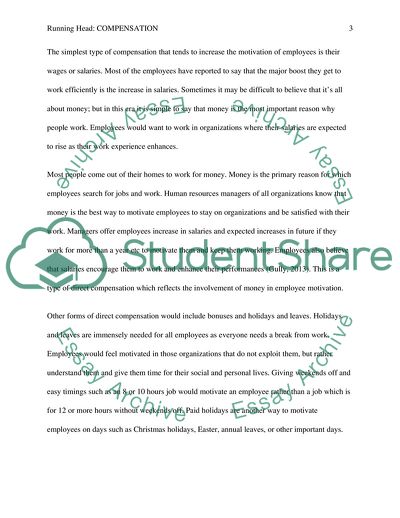Cite this document
(TYPES OF COMPENSATION TO MOTIVATE EMPLOYEES Research Paper, n.d.)
TYPES OF COMPENSATION TO MOTIVATE EMPLOYEES Research Paper. https://studentshare.org/human-resources/1806902-types-of-compensation-to-motivate-employees
TYPES OF COMPENSATION TO MOTIVATE EMPLOYEES Research Paper. https://studentshare.org/human-resources/1806902-types-of-compensation-to-motivate-employees
(TYPES OF COMPENSATION TO MOTIVATE EMPLOYEES Research Paper)
TYPES OF COMPENSATION TO MOTIVATE EMPLOYEES Research Paper. https://studentshare.org/human-resources/1806902-types-of-compensation-to-motivate-employees.
TYPES OF COMPENSATION TO MOTIVATE EMPLOYEES Research Paper. https://studentshare.org/human-resources/1806902-types-of-compensation-to-motivate-employees.
“TYPES OF COMPENSATION TO MOTIVATE EMPLOYEES Research Paper”. https://studentshare.org/human-resources/1806902-types-of-compensation-to-motivate-employees.


